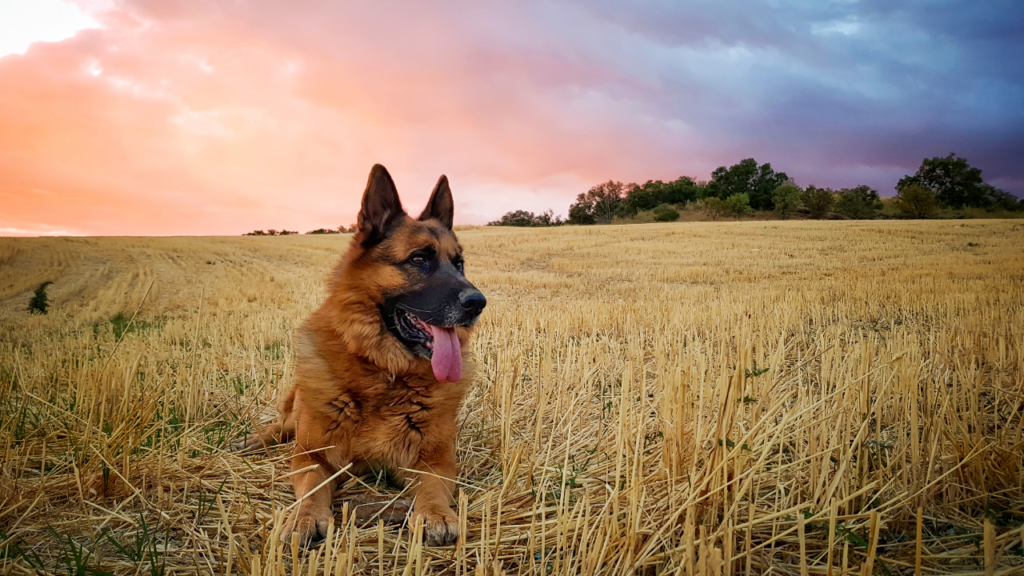
Looking to introduce a large dog into your life?
Weighing the pros and cons of big dogs is an essential step before making this commitment.
From the loyalty of a Labrador to the grace of a Great Dane, owning a big dog comes with unique benefits and drawbacks.
This decision is not just about preference; it’s also about practicality.
It’s about understanding the pros and cons of owning a large dog.
This will help ensure that your home and lifestyle are well-suited for these gentle giants.
Table of Contents
ToggleUnderstanding Large Breed Dogs: Characteristics and Care
You’ll find that large breed dogs bring a unique set of attributes and care requirements into your life.
It is crucial to note that their needs differ significantly from smaller dog breeds.
Here is how you can ensure that your home is a haven for your large dog.
- Space: Large breeds will need ample room to stretch, play, and rest without feeling cramped.
- Exercise: Adequate daily exercise helps maintain the health and happiness of large breed dogs.
- Diet: A balanced nutrition plan tailored to a large dog‘s specific needs is vital for their overall wellbeing.
Beyond the basics, let’s dive into the distinctive care strategies for your giant dog.
To help you visualize the comparative needs of different large breeds, consider the following table:
| Breed | Weight Range | Exercise Requirements (Daily) | Space Considerations |
|---|---|---|---|
| Golden Retriever | 65-75 lbs | 60 minutes | Large backyard recommended |
| American Staffordshire Terrier | 40-70 lbs | 45-60 minutes | Medium to large space indoors and outdoors |
| Great Dane | 110-175 lbs | 30-60 minutes | Spacious indoor area and substantial outdoor space |
| Bernese Mountain Dog | 70-115 lbs | 30 minutes | Access to cool, shaded outdoor areas |
Loving a large dog means making sure they get the care they deserve.
Your commitment to their care will result in an unbreakable bond.
As you consider the journey of owning a big, affectionate companion, keep in mind these factors and prepare for the rewarding challenge of nurturing large breed dogs.
Pros and Cons Of Big Dogs
Whether you’re considering the loyal German Shepherd or the playful Labrador Retriever.
Large dogs are not only known for their size but their big hearts too.
However, while they bring many advantages, there are also specific considerations that should not be overlooked.
From space to love, and maintenance to cost, let’s delve into what it means to have these gentle giants in your life.

Pros: Trainability and Intelligence
One of the top pros of large dogs is their capability to be easily trained.
Many intelligent dog breeds such as the German Shepherd and Labrador Retriever are often chosen for their sharp minds and desire to please their owners.
This makes them not only easy to train but also reliable companions in various tasks and services.
Pros: Temperament and Child-Friendliness
Large dog breeds typically boast a stable temperament.
One that is both child-friendly and well-suited to family environments.
Gentle giants like the Labrador Retriever and Boxer are known for their patience.
They often form deep bonds with the youngest members of the family, providing reassurance and a sense of protection.
Pros: Quiet Companions
It’s a little-known fact that large dog breeds like the Leonberger and others are often quieter than their smaller canine counterparts.
Their tendency to bark less makes them ideal for those who prefer a serene home environment.
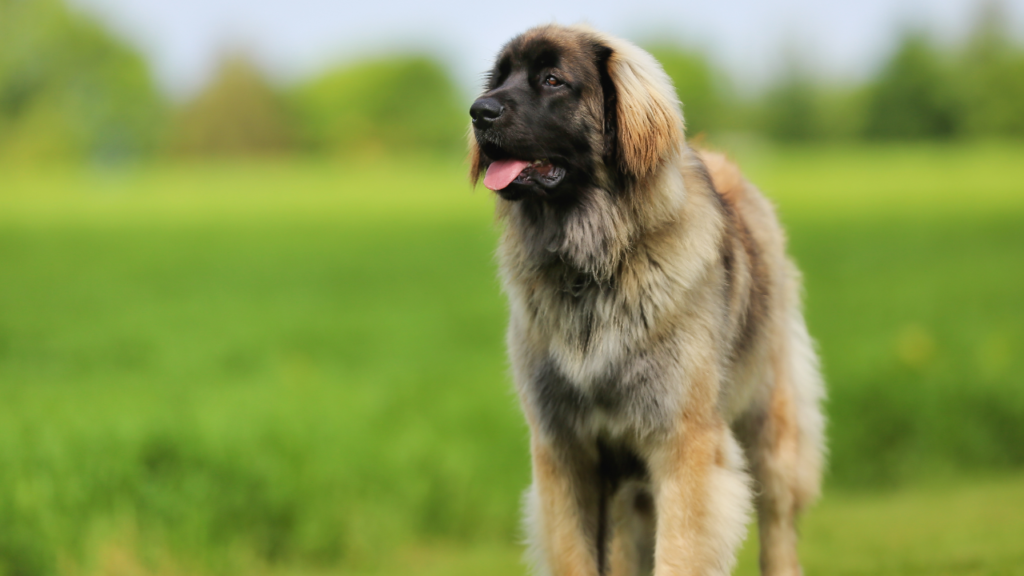
Pros: Affection and Protection
Your big dog can be your fierce protector as well as your devoted cuddle buddy.
Breeds like the Rottweiler offer substantial peace of mind when it comes to home security.
While affectionate large dogs such as the Golden Retriever are always ready for a heartwarming snuggle.
Cons: Exercise and Space Requirements
When it comes to exercise requirements, large dogs certainly need their daily dose of physical activity.
If you have ample space for large dogs to roam and play, that’s a perfect match.
However, it’s crucial to consider whether you’re able to meet these needs before bringing home a big dog.
Cons: Higher Maintenance Costs
With size comes greater responsibility and often, higher maintenance costs.
The expenditure on dog supplies and food for large breeds may be more substantial than for smaller dogs.
This is a significant factor to consider in your budget for pet care.
Cons: Shedding and Grooming Concerns
The reality of owning a large breed is dealing with shedding large breeds and the grooming that comes with it.
Those with long or dense fur, such as large dog breeds with undercoats, will require more frequent grooming to keep their large dog fur in check.
This could mean more vacuuming for you and regular trips to a professional groomer.
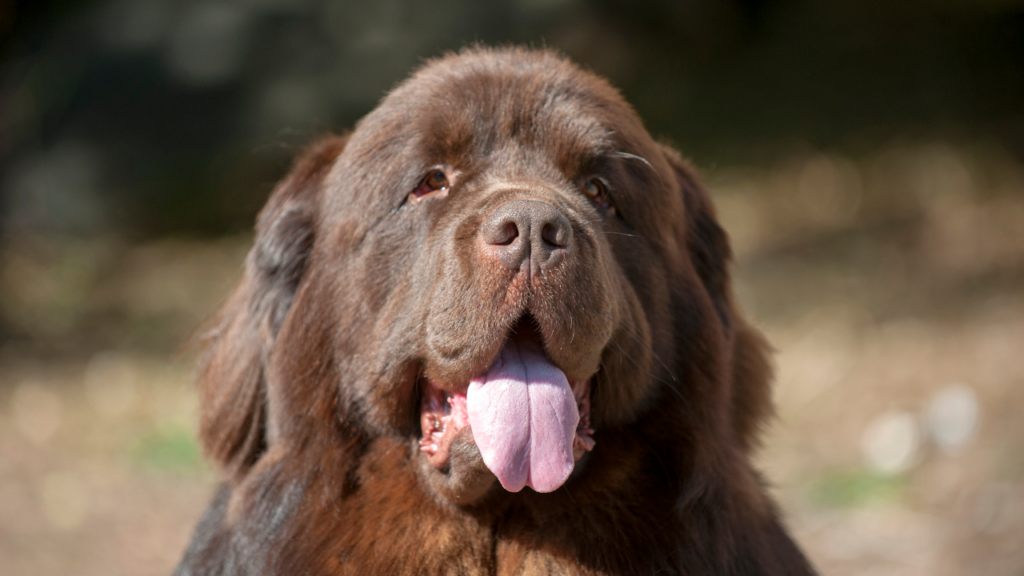
Big Dog Breeds and Lifestyle Considerations
When it comes to lifestyle considerations for owning a large dog, your daily life and space hold significant weight in the decision-making process.
The reality of having a large dog breed means revisiting and often revising your living arrangements, social calendar, and even your vacation plans.
Accommodating the needs of big dog breeds isn’t complex, but it certainly requires commitment and, at times, creativity—especially when it’s time to travel with a large dog.
Let’s delve into some factors to keep in mind as you ponder the companionship of these gentle giants.
Travel Considerations:
Vacations and outings with your large dog necessitate strategic planning.
Long road trips will require a vehicle with ample space for them to stretch and relax.
Air travel can be even more challenging due to airline restrictions and the need for sizeable crates.
It’s essential to research pet-friendly accommodations in advance, as some hotels limit the size or breeds of dogs they’ll accept.
Home Space:
Sizeable breeds like Saint Bernards and Mastiffs don’t just need a place to sleep; they need room to roam.
Before bringing home a large breed, survey your living area to ensure you have the space that allows your dog to move freely and comfortably.
Exercise Requirements:
Regular exercise is vital for keeping a large dog healthy and happy.
Whether it’s a fenced yard for free play or daily walks in the park, consider how your schedule can accommodate their physical activity needs.
| Breed | Size (Average weight) | Space Need | Exercise Requirement |
|---|---|---|---|
| Great Dane | 110-175 lbs | Large yard/Open space | 30-60 min/day |
| German Shepherd | 50-90 lbs | Medium yard | 1-2 hours/day |
| Labrador Retriever | 55-80 lbs | Medium yard | 45-90 min/day |
| Newfoundland | 100-150 lbs | Large yard/Open space | 30-60 min/day |
Understanding the unique demands of large dog breeds helps ensure a harmonious relationship with your four-legged family member.
Each breed comes with its nuances, and knowing these can greatly assist in creating a lifestyle that accommodates both your needs and theirs.
With thoughtful planning, the challenges of space and travel become small hurdles in the grand adventure of owning one of the many loving dog breeds that bring outsized joy to life.
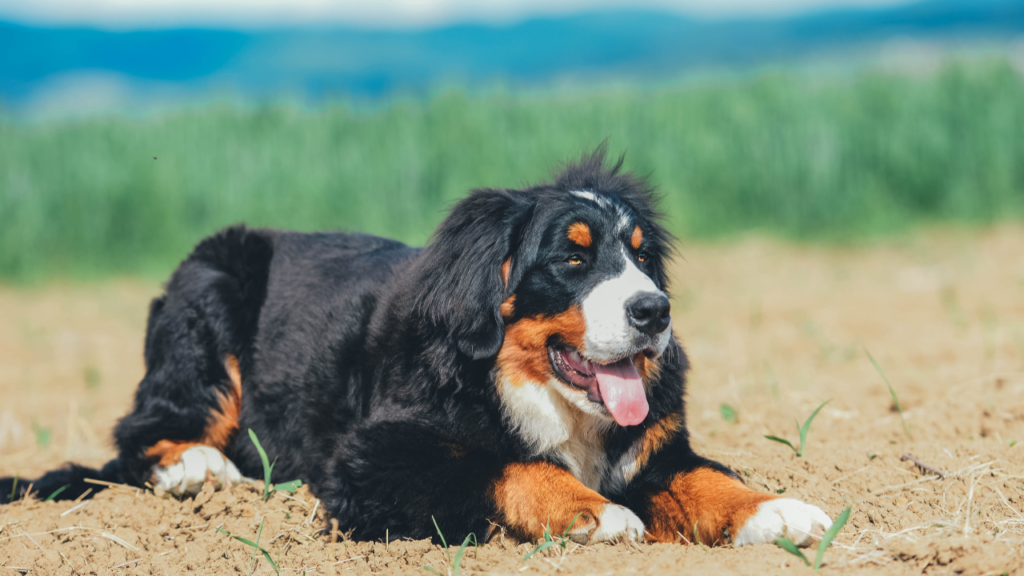
The Social and Emotional Benefits of Owning a Large Dog
Owning a big dog isn’t just about having a pet; it’s about welcoming a bundle of social and emotional benefits into your life.
From the moment you decide to adopt that affectionate large breed, you’re embarking on a journey filled with rewarding interactions and heartwarming companionship.
Engaging in Social Activities and Exercise
As an owner of a large dog, your prospects for exercise with big dogs extend far beyond the mundane.
Whether it’s a romp at the park or a structured training class, engaging in social activities with large dogs can vastly improve your physical well-being and social network.
Strolling through the neighborhood or trekking along trails, your four-legged friend invariably becomes a catalyst for conversation and connection with other dog lovers.
Therapeutic Companions and Emotional Support
There’s something profound about the emotional support offered by dogs like the Great Pyrenees.
Their majestic presence and sensitivity make them ideal therapy dogs, providing solace and understanding without uttering a single word.
Their empathetic nature and ability to read your emotions allow them to offer a comforting nuzzle or an encouraging paw when you need it most, reflecting the powerful bond of owning a big dog.
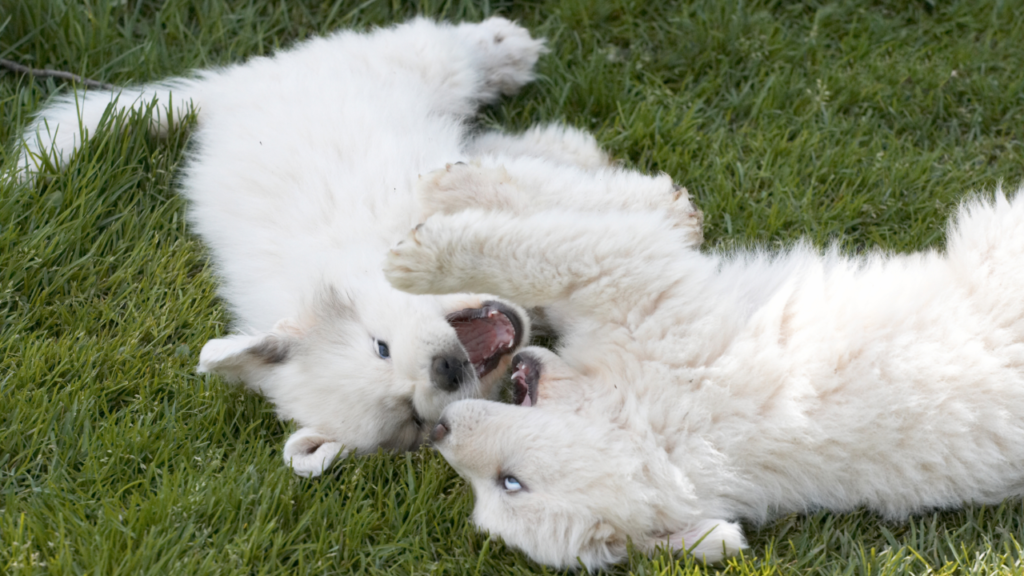
The Joy of a Big Cuddle Buddy
After a long day, there’s no comparison to cuddling with large dogs whose very size can envelop you in comfort.
These moments of affectionate closeness do wonders for your mental health, delivering a type of unconditional love that only an affectionate large breed can.
These dogs don’t just share your space; they transform it into an oasis of calm and happiness — a testament to the emotional benefits of canine companionship.
Challenges of Living with Large Dogs
When you decide to adopt a large breed, you’re stepping into a world of unique challenges of owning a big dog.
The array of large dog drawbacks unfolds in daily life.
From the sheer physical management to the subtle nuances of canine-human interaction.
As much as they are loved for their size and personality, large dogs bring a set of tasks and considerations unique to their stature.

Large breed challenges are not just about the space they occupy, but also the inadvertent impacts that come with their size.
Accidental knocks of a tail can send items flying off coffee tables, and their unwitting strength may result in jarring tugs during walks.
For both new and seasoned dog owners, understanding and adapting to these challenges is paramount to living with a large dog.
- Continual monitoring to prevent strength-related mishaps in and around the home.
- Socialization training to manage their interactions with people and other pets.
- Investment in robust toys and accessories to withstand their size and strength.
- Increased budget for food, veterinary care, and grooming.
- Secure, spacious environment both indoors and outdoors.
Let’s not forget the sizable by-products of owning a large dog.
Yes, we’re talking about waste management, which can become a major concern, especially when residing in urban areas with limited outdoor space.
| Challenge | Consideration | Proactive Measures |
|---|---|---|
| Increased Exercise Needs | Large dogs require substantial physical activity for their health and happiness. | Schedule regular walks, swimming, and consider a fenced yard for free play. |
| Size-Related Injuries | Inexperienced handlers may underestimate the strength and energy of a large dog. | Consistent training from an early age and usage of appropriate handling gear. |
| Space Requirements | They need more room to move, rest, and play comfortably. | Ensure your living space is sufficient and safe for a large breed’s size. |
| Healthcare Costs | Larger dogs can have more complicated and costly health issues. | Maintain regular vet check-ups and consider pet insurance to manage expenses. |
| Drooling and Shedding | Big dogs often mean bigger messes with drool and shed fur. | Regular grooming and keeping clean-up supplies handy will be essential. |
While the challenges are real, the love and companionship of a large dog can make every effort worthwhile.
As you embrace the experience, you’ll find that the bonds forged with these gentle giants will often compensate for the additional demands they place on your lifestyle.
Conclusion
Embarking on the journey of owning a large dog is akin to opening a new chapter filled with rewards and responsibilities.
The advantages of a large dog are numerous.
They are often steadfast companions that offer unmatched protective instincts.
Filling your days with treasured moments of loyalty and affection.
These gentle giants enrich your life, converting an ordinary day into an adventure.
Providing a comforting presence that stands by your side through thick and thin.
Yet, it’s crucial to recognize the drawbacks of owning a large breed dog.
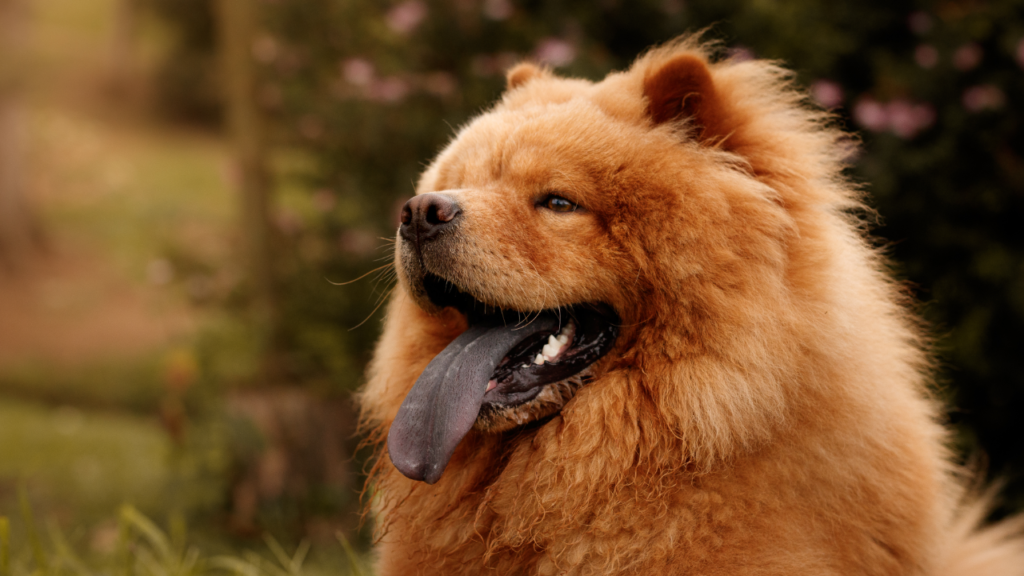
Along with their sizable paw prints on your heart, they also leave a substantial impact on your living space, budget, and time.
The benefits of owning a large dog come hand-in-hand with considerations like heightened maintenance costs and a commitment to meeting their exercise needs.
Your home environment, activity level, and financial flexibility need to be assessed to ensure the well-being of both your family and your four-legged friend.
As you contemplate the disadvantages of having a big dog, weigh them against their unyielding affections and life-enriching companionship.
A large dog’s size should not be the sole gauge of compatibility, but rather a single facet of a broader assessment that includes their lifespan, temperament, and healthcare requirements.
Remember, it’s not just a dog that you’re bringing into your life—it’s a heartbeart at your feet, a devoted protector, and a boundless source of love, all wrapped within a strikingly large frame.
When making your decision, ensure that your environment, lifestyle, and all aspects of dog ownership align, setting the stage for a fulfilling relationship between you and your noble companion.
Frequently Asked Questions
What are some common pros and cons of owning a large dog?
Owning a large dog comes with pros such as increased security, affection, and the potential for a calm, child-friendly temperament. On the downside, large dogs often require more space, exercise, and can incur higher costs for food and health care.
Are large breed dogs hard to train?
Contrary to some beliefs, many large breeds like German Shepherds and Labrador Retrievers are quite trainable and intelligent. They can learn commands and tricks, but training should start early to manage their large size as adults.
Do large dogs bark more than smaller breeds?
Generally, large dogs tend to bark less than smaller breeds. They’re often considered quieter companions, although this can vary based on the individual dog and breed.
How much exercise does a large breed dog need?
The amount of exercise needed can differ among breeds, but as a rule, large dogs require regular, daily physical activity to maintain their health and happiness. This often translates to longer walks, runs, or play sessions compared to smaller breeds.
Can large dogs live comfortably in small living spaces?
Large dogs can adapt to smaller living spaces, but it is essential to provide them with sufficient exercise and mental stimulation. Without it, they may develop behavior problems. Ideally, a large dog would benefit from a larger living space with a yard.
